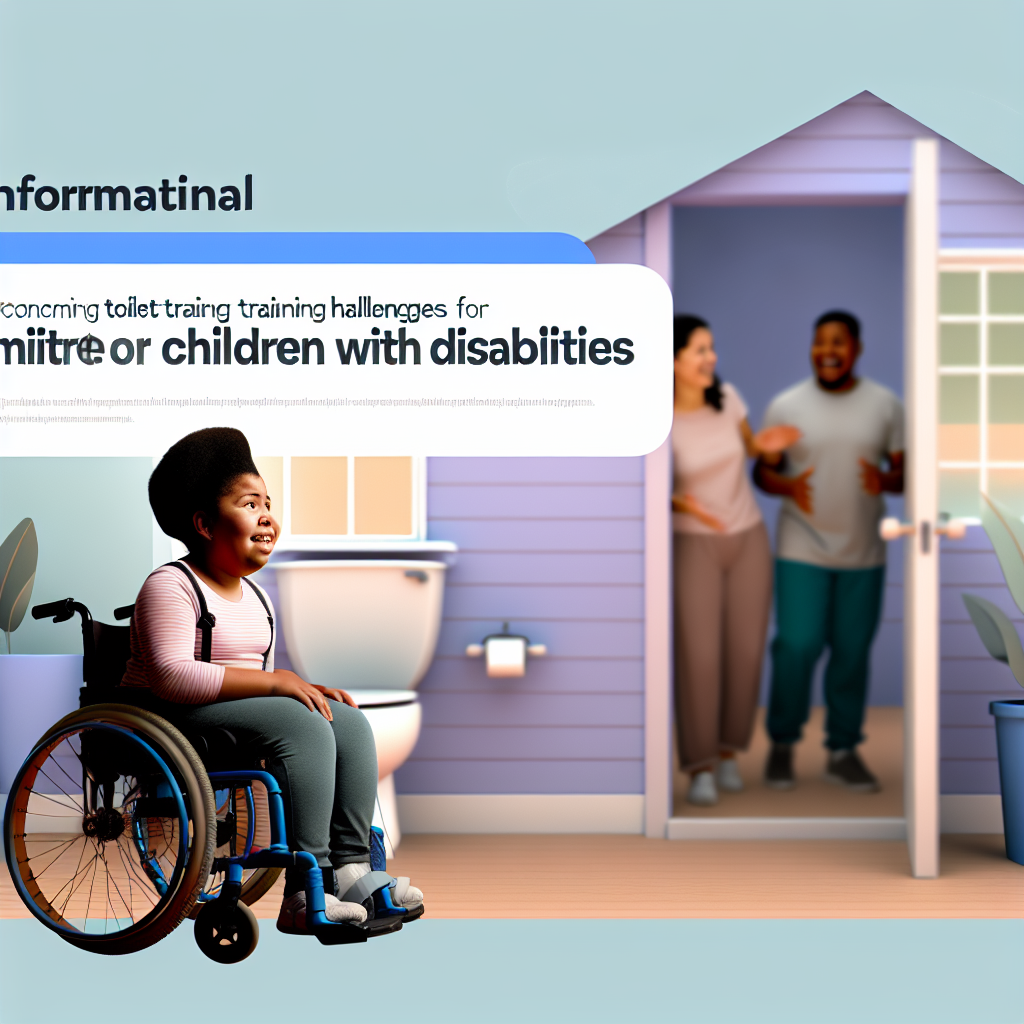Resolving Barriers to Continence for Children with Disabilities
Toilet training is an essential life skill that improves independence, social inclusion, and overall quality of life. However, many children with disabilities face challenges that interfere with successful toilet training. A new review by Donnelly and Karsten (2024) provides a research-based approach to overcoming these challenges using behavior-analytic strategies.
This blog post summarizes key points from their review in Behavior Analysis in Practice and explores evidence-based solutions to common toileting barriers.
The Importance of Urinary Continence
Achieving urinary continence is a milestone that promotes both social and practical benefits for children and their families. It allows greater participation in school, community activities, and peer interactions while reducing stress on caregivers. However, without effective toilet training, incontinence can negatively impact:
- Social relationships – Other children may notice and react negatively to accidents.
- Self-esteem – Persistent toileting struggles can lead to embarrassment and anxiety.
- Family stress – Caregivers often experience frustration and increased workload.
Given these factors, it is ethically important for practitioners to support individualized, effective toilet training programs for children with disabilities.
Evidence-Based Practice in Toilet Training
Applied behavior analysis (ABA) has a strong history of successful toilet training interventions. However, not every strategy works for every child. Effective programs must incorporate the principles of evidence-based practice (EBP):
- Professional judgment – Practitioners should have expertise in toilet training, follow ethical guidelines, and adapt interventions as needed.
- Best available evidence – Decisions should be guided by research and real-world data on effective strategies.
- Client values and context – The preferences of the child, family, and caregivers should shape decisions.
By using these three pillars of EBP, behavior analysts can modify training strategies based on individual needs.
Common Barriers to Toilet Training and Evidence-Based Solutions
1. Problem Behavior During Toilet Training
Children may engage in problem behaviors such as:
- Aggression (hitting, kicking, biting)
- Self-injury (head-banging, scratching)
- Property destruction (flushing excessively, throwing objects)
- Avoidance behaviors (crying, resisting sitting on the toilet)
Solutions to Reduce Problem Behavior:
- Modify or remove aversive components. If prolonged toilet sits cause distress, reduce sit duration or allow more frequent breaks.
- Adjust reinforcement strategies. Provide preferred activities in the bathroom to make the environment more appealing.
- Conduct a behavior assessment. Identifying why the child engages in problem behavior (e.g., escape, attention) helps in developing an appropriate response.
Behavior analysts should adapt toilet training to minimize distress while still encouraging skill acquisition.
2. Urine Retention (Withholding)
Some children resist urination on the toilet due to fear, routine dependency (preferring only diapers), or physiological factors. This can lead to urinary retention, increasing the risk of infections.
Solutions for Urine Retention:
- Gradually transfer control to the toilet. If a child will only urinate in a diaper, practitioners can reinforce urination in a diaper while sitting on the toilet, then gradually phase out the diaper.
- Use prompts to encourage voiding. Sitting on the toilet after drinking liquids, running warm water, or using sound cues can help trigger urination.
- Reinforce progressively larger voids. Rewarding even small amounts of urine in the toilet encourages the child to continue.
By shaping the behavior gradually, children can build confidence using the toilet.
3. Increased Accidents Despite Effort
Some children experience frequent accidents even with consistent training efforts. This may be due to difficulties with recognizing bodily signals, insufficient reinforcement, or medical conditions.
Solutions to Reduce Accidents:
- Increase scheduled toilet trips. Taking children to the toilet on a fixed schedule helps build a routine.
- Use visual or tactile reminders. Timers, picture schedules, or vibrating watches can prompt children to go.
- Ensure reinforcement is immediate and motivating. Highly preferred rewards for successful toileting can strengthen the behavior.
If frequent accidents persist, practitioners may consider a medical evaluation to rule out underlying conditions.
Conclusion
Toilet training children with disabilities requires both patience and careful planning. Behavior analysts can improve outcomes by:
- Using evidence-based practice to guide intervention decisions.
- Modifying strategies to address problem behavior and urine withholding effectively.
- Reinforcing desired behavior while making toilet training a positive experience.
Donnelly and Karsten’s (2024) review highlights the importance of adapting interventions to meet the unique needs of each child. Practitioners looking to implement these strategies can find further details in their article:
📖 Full article: Donnelly, M. G., & Karsten, A. M. (2024). Resolving barriers to continence for children with disabilities. Behavior Analysis in Practice, 17, 157–175. https://doi.org/10.1007/s40617-023-00891-0
By applying these behavior-analytic strategies, families and professionals can support children in gaining critical toileting independence. 🚽💡



